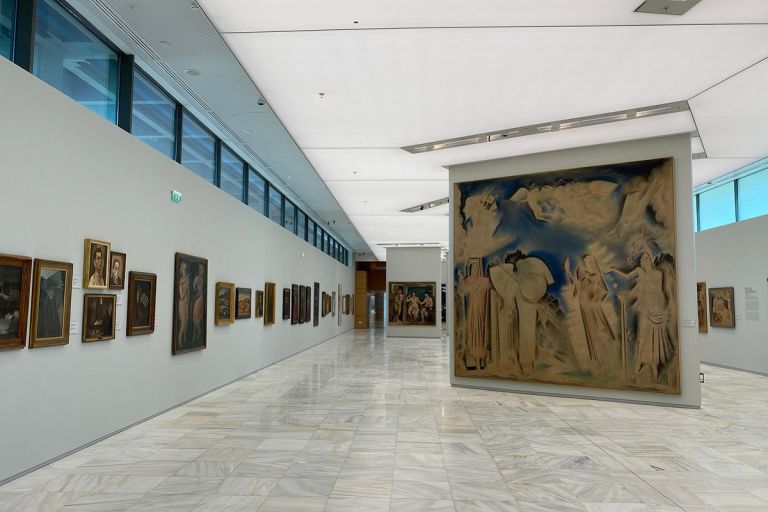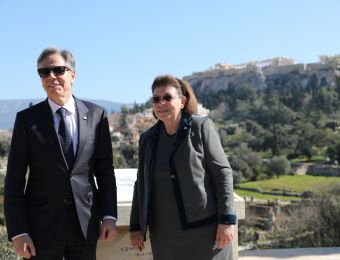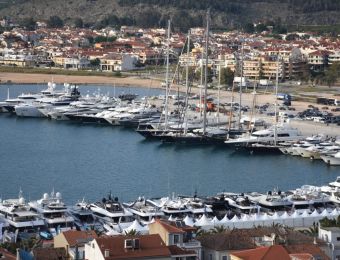10 Priceless Masterpieces in the National Gallery of Greece

Πηγή: Αρχείου
Greece’s National Gallery houses some of the most important works of Greek art.
After seven years of renovation, the beauty of the National Gallery has stunned the country, as the glass panels of the building’s façade glisten under the Greek sun, beckoning passers-by to come inside.
While the outside of the National Gallery is undoubtedly impressive, the many masterpieces held within its walls are much more remarkable.
Featuring mainly works from or related to Greece dating from the 14th to the 20th centuries, the halls of the National Gallery of Greece provide a complete image of the development of not only Greek art but also of Greek history.
The museum boasts a collection over twenty thousand priceless works of art, including paintings, drawings, and sculptures, and was founded in 1878.
The National Gallery of Greece started out with just 117 works of art
At its nascent stage, the National Gallery housed just 117 works of art until well-known jurist and art collector Alexandros Soutzos donated his massive collection of paintings and sculptures to the Greek government upon his death in 1896.
The acquisition of Soutzos’ many works helped Greece transform its National Gallery into an art museum worthy of the European capital.
By 1900, the National Gallery of Greece, also called the Alexandros Soutzos Museum after its benefactor, had established itself as a worthy repository for the great works of art produced in Greece throughout the country’s post-Byzantine history.
Greek painter Theodoros Vryzakis’ triumphant work, “Grateful Hellas,” depicts Greece personified as a woman from classical antiquity with her shackles laying broken at her feet, thanking heroes of the Greek War of Independence from freeing her of Ottoman rule.
The work, apart from its rich symbolism and references to Greek antiquity, is also lauded for its depiction of recognizable fighters from the Greek Revolution of 1821 amongst the throng of warriors surrounding the figure of Hellas.
Among these many warriors are Laskarina Bouboulina, a famed woman warrior of the revolution, Theodoros Kolokotronis, Papaflessas, Andreas Miaoulis, and even Lord Byron, the Romantic poet and Philhellene who fought for Greek freedom.
National Gallery of Greece also home to foreign masterpieces
In his works, French Romantic painter Eugene Delacroix, widely considered one of the last “Great Masters” of European painting, imbued a sense of movement with his exquisite brush strokes of rich color.
This, along with his insistence on depicting scenes from history or contemporary events, was a sharp contrast to his Neoclassical counterparts, who mainly rendered religious and mythological scenes with extreme, almost sculptural, precision.
His 1856 work, “Episode from the Greek War of Independence,” thrusts the viewer into the action, as a Greek soldier astride a massive horse rides into the battle field, leaving the body of an Ottoman fighter in his wake.
The fluttering fabric, masterfully depicted in sumptuous jewel tones, along with the soldier’s gunpowder, clouds forming on the horizon, and even the mountainous background, all pull the viewer into the dizzying scene.
Διαβάστε όλες τις τελευταίες Ειδήσεις από την Ελλάδα και τον Κόσμο

























Το σχόλιο σας